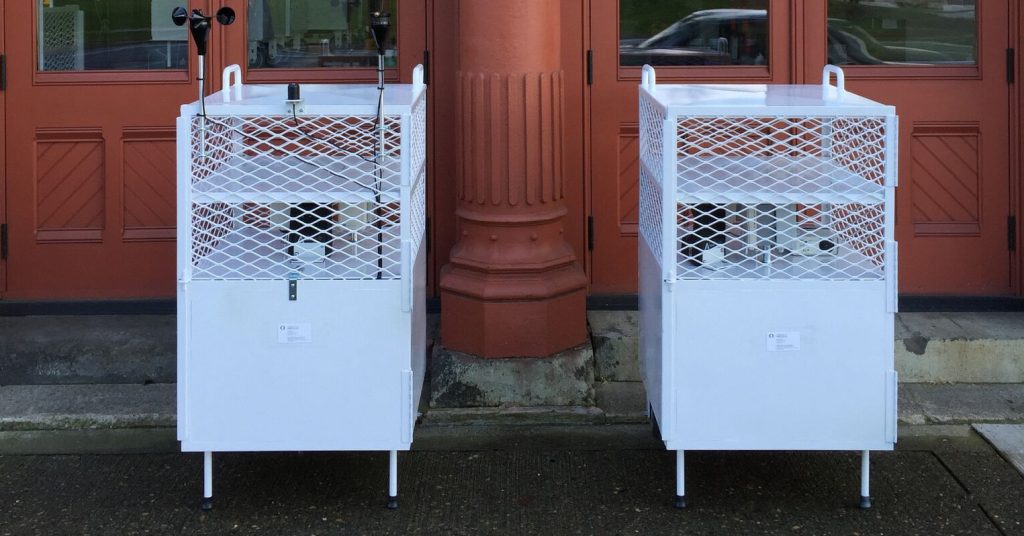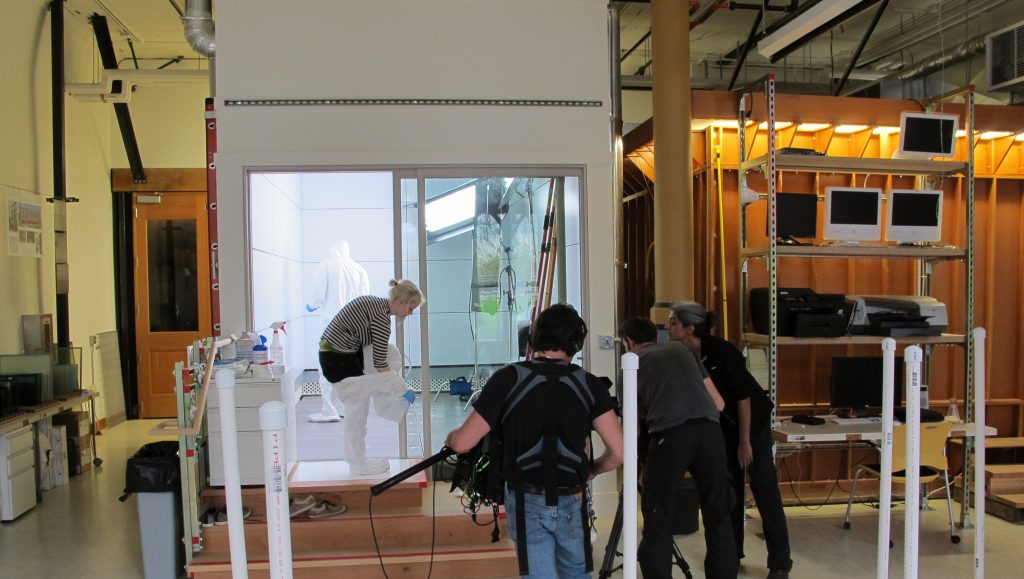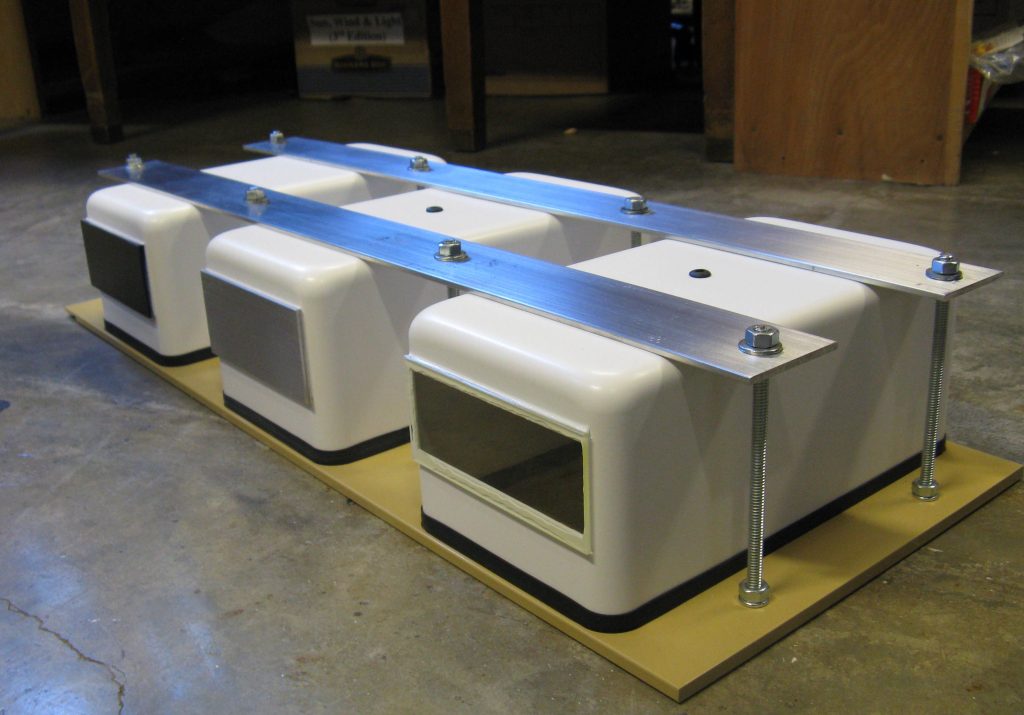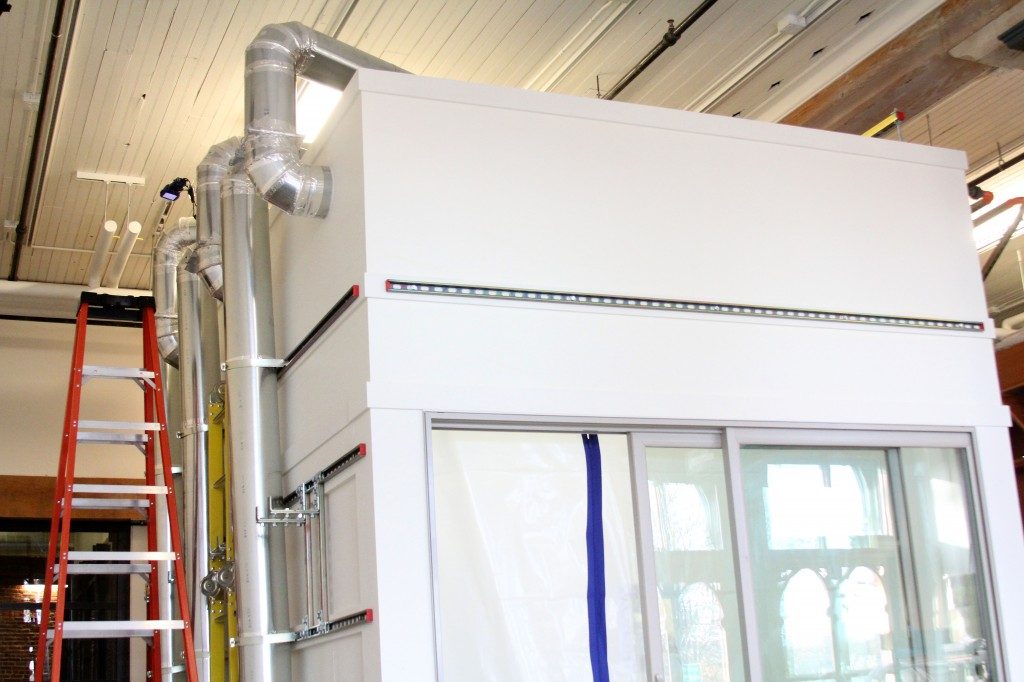VISION AND MISSION
In the developed world we spend 90% of our lives – and 40% of the total energy we consume – in buildings. Decisions we make about how buildings are designed, constructed and managed have significant implications for our own health, and for the health of our planet. The Institute for Health in the Built Environment advances, integrates, and applies new knowledge from diverse scientific disciplines to support a healthy, thriving community and planet. Our mission is to develop new design concepts for the realization of healthy and sustainable inhabited space. We do this by forming unconventional collaborations that conduct research where architecture, biology, medicine, chemistry and engineering intersect and translate it into design practice through a consortium of invested industry partners. Our understanding of what a “healthy building” constitutes – from its complex microbiome, its chemistry, its provision of light and air, and its energy and carbon footprint – is fragmented, underdeveloped, and too often not reflected in practice. The Institute for Health in the Built Environment pursues an integrated approach to conducting and applying research so that every building provides health in the full sense of the word.
SHARED EXPERTISE, NEW DISCOVERY
Combining experts within the building and health industries with researchers at universities and businesses, new discoveries can lead to healthier buildings and a better understanding of environmental design. We are fortunate to be partnered with several prestigious institutes around the nation that provide expertise in biology, chemistry, engineering, and public health.

Institute Leadership
RECENT PROJECTS

Weatherization
Weatherization of a building is implemented in a variety of ways, but focuses on tightens the building envelope such that less air and heat are able to transfer between the inside and outside. A leaky building can feel uncomfortable, and the effort to maintain a stable indoor climate can drive up energy costs. By improving […]

Your Personal Microbial Cloud
Humans harbor diverse microbial communities in and on our bodies, and these can be readily detected in the built environment. Human-associated bacteria disperse into and throughout buildings by three primary mechanisms: (1) direct human contact with indoor surfaces; (2) bioaerosol particle emission from our breath, clothes, skin and hair; and (3) resuspension of indoor […]

The Lightbox
How do you simulate the effect of daylight on indoor house dust in a controlled laboratory setting? By building homes for the dust, of course. In a recent pilot project, we created “lightboxes” to look at the effect of natural light on bacterial communities in dust, separate from the microbial influences of human occupants or […]

The Climate Chamber
Where others see a walk-in pickle refrigerator, we see an opportunity to create a unique experimental tool- our Climate Chamber. In 2010, Energy Studies and Buildings Laboratory‘s Jason Stenson discovered the old freezer in a barn, and after four years of ideas, renovation, and maneuvering, it debuted for research in the University of Oregon’s White […]





